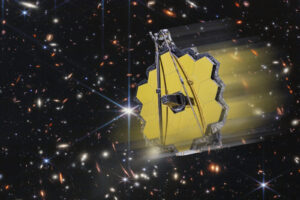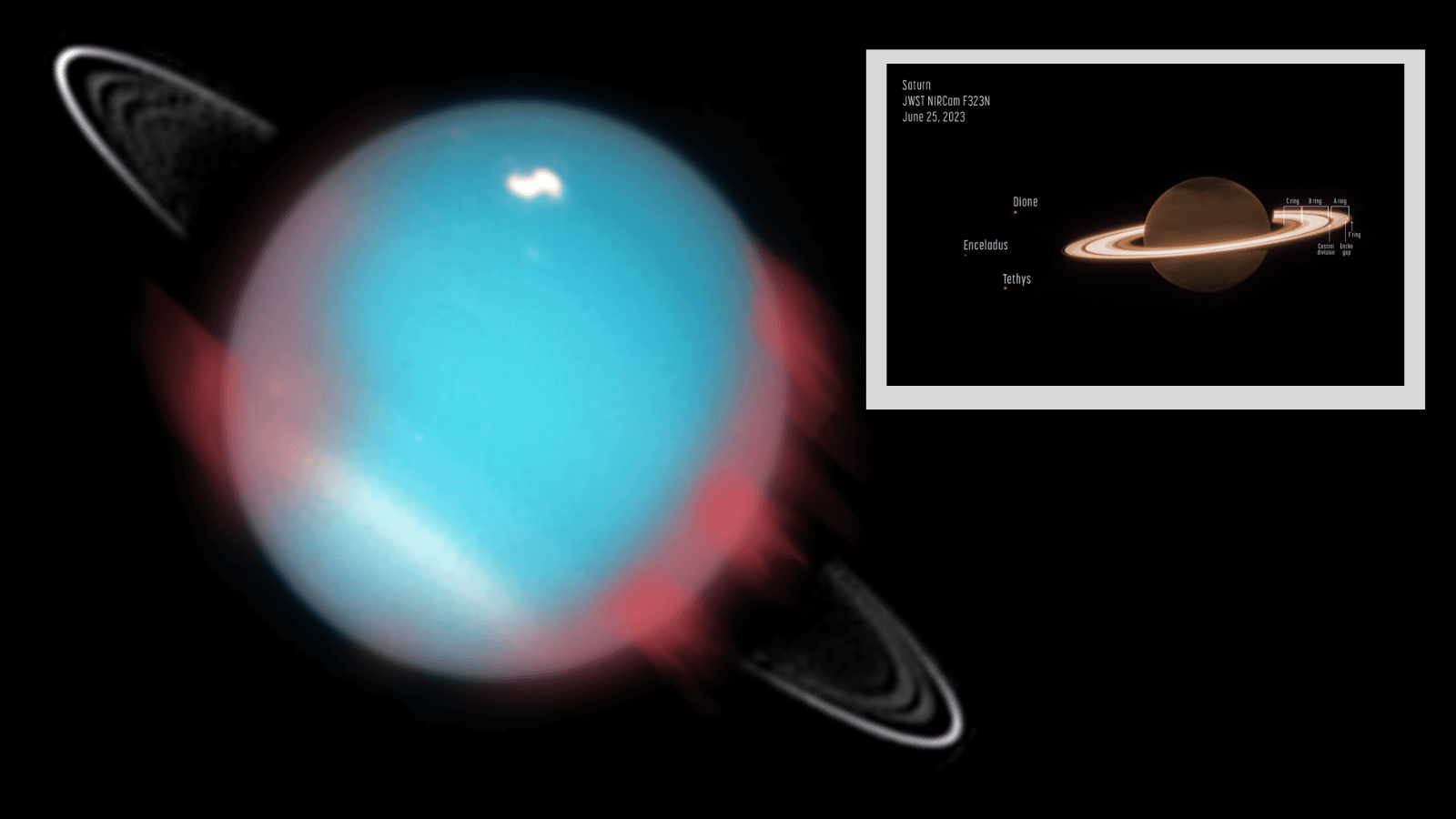The James Webb Space Telescope, the most powerful observatory ever built, isn’t just peering into the depths of time and space. It’s also revealing wonders within our own solar system. Recently, researchers were awarded observation time to study the auroras on Saturn and Uranus, offering an unprecedented opportunity to understand these dazzling light shows on distant worlds.

Just like Earth’s mesmerizing northern and southern lights, Saturn and Uranus experience their own auroral displays. These vibrant phenomena are caused by charged particles, often from the Sun’s solar wind, interacting with a planet’s magnetic field and upper atmosphere. However, the details of these auroras remain shrouded in mystery.
The Webb Telescope’s advanced infrared capabilities make it ideally suited for this investigation. Unlike ground-based telescopes that struggle to pierce through the glare of sunlight reflected by these gas giants, Webb can observe in the infrared spectrum, providing a clearer view of the auroral emissions.
One team, led by the University of Leicester, will focus on Uranus. This ice giant has a unique tilted magnetic field, unlike Earth’s more-or-less dipolar field. By capturing images of Uranus over a full rotation, researchers hope to map the auroral activity and determine how it interacts with the planet’s tilted magnetic field. This could reveal whether the auroras are triggered by the solar wind, as on Earth, or by internal sources within Uranus’s magnetosphere, similar to Jupiter’s auroras.
Another team will use Webb to study Saturn’s auroras. Though more is known about Saturn’s auroras compared to Uranus’s, there are still many unanswered questions. Webb’s observations can provide valuable data on the composition and dynamics of Saturn’s auroral storms, helping scientists understand how they differ from Earth’s auroras and those of other planets.
These Webb observations promise to revolutionize our understanding of auroras on Saturn and Uranus. By unraveling the mysteries behind these captivating light shows, scientists can gain deeper insights into the magnetic fields, atmospheres, and overall space environments of these distant worlds.
The knowledge gained could also shed light on how auroras arise on other exoplanets beyond our solar system.
The upcoming observations by the Webb Telescope mark an exciting chapter in our exploration of the outer solar system. As we peer deeper into the mesmerizing dance of charged particles and magnetic fields, we stand to unlock a wealth of new knowledge about these enigmatic giants and the wonders they hold.





